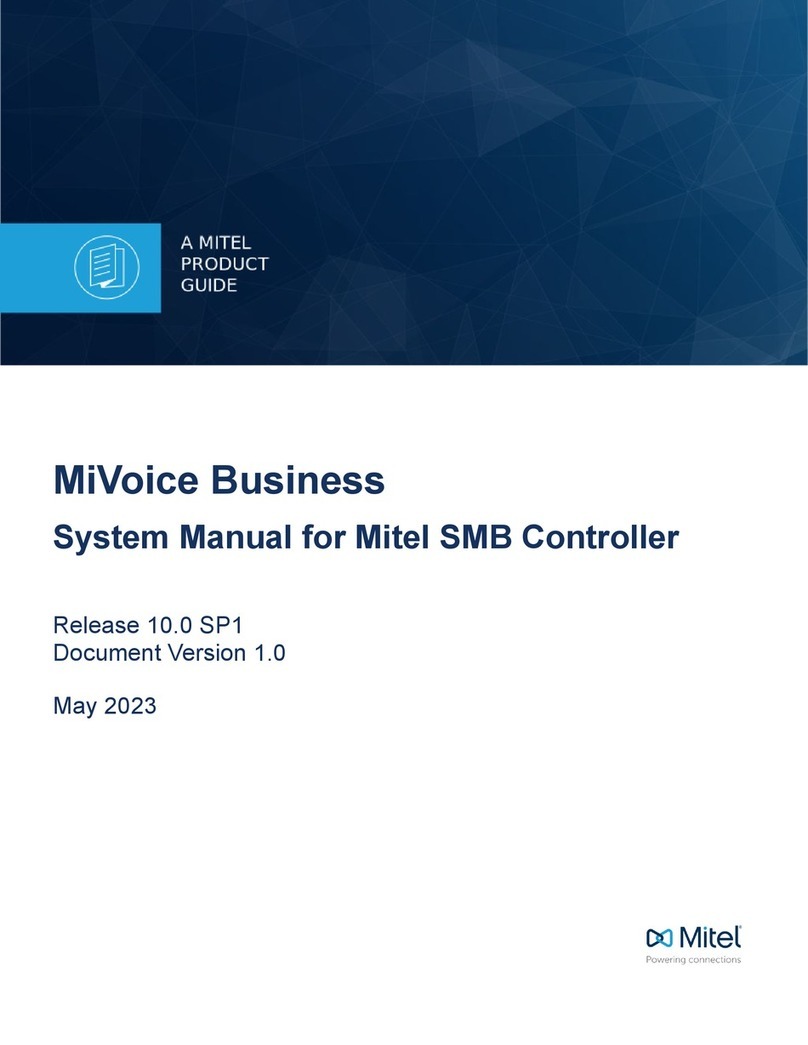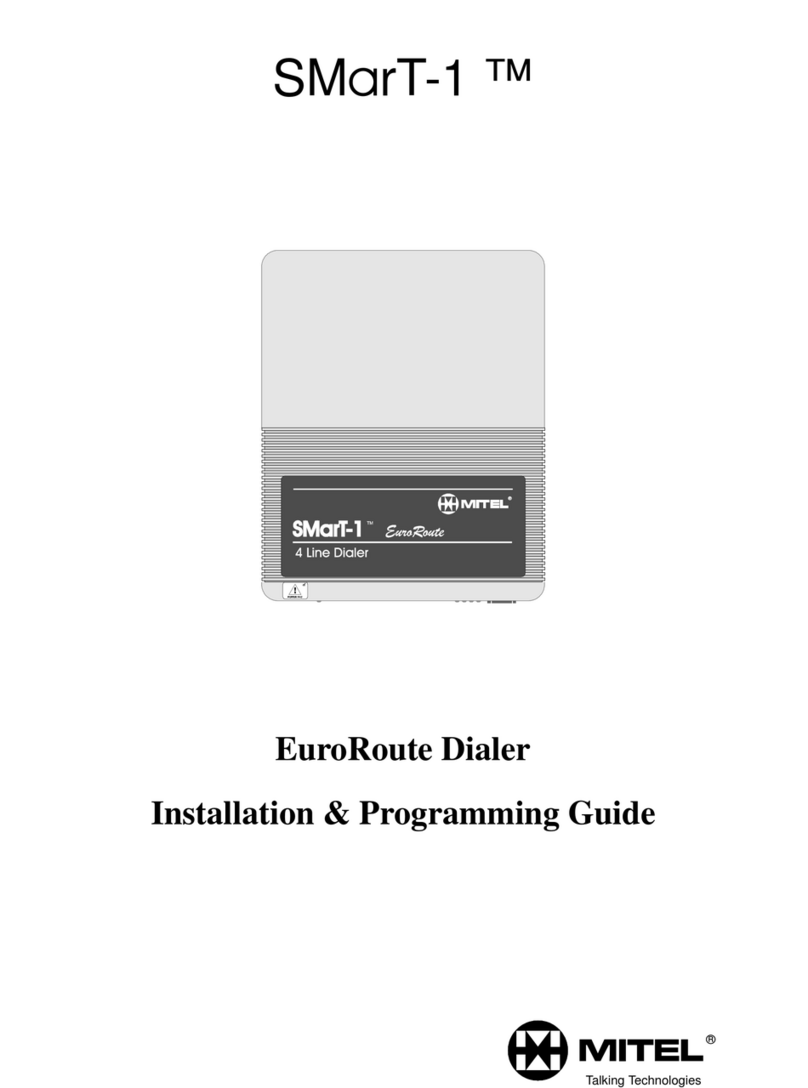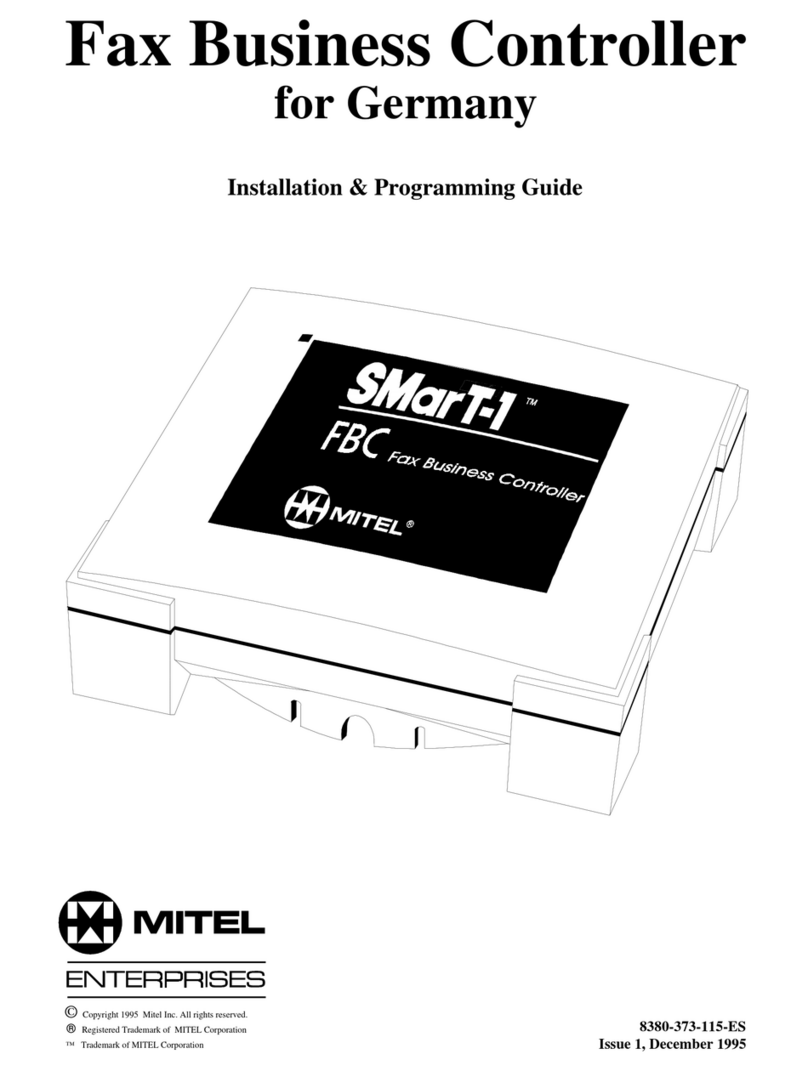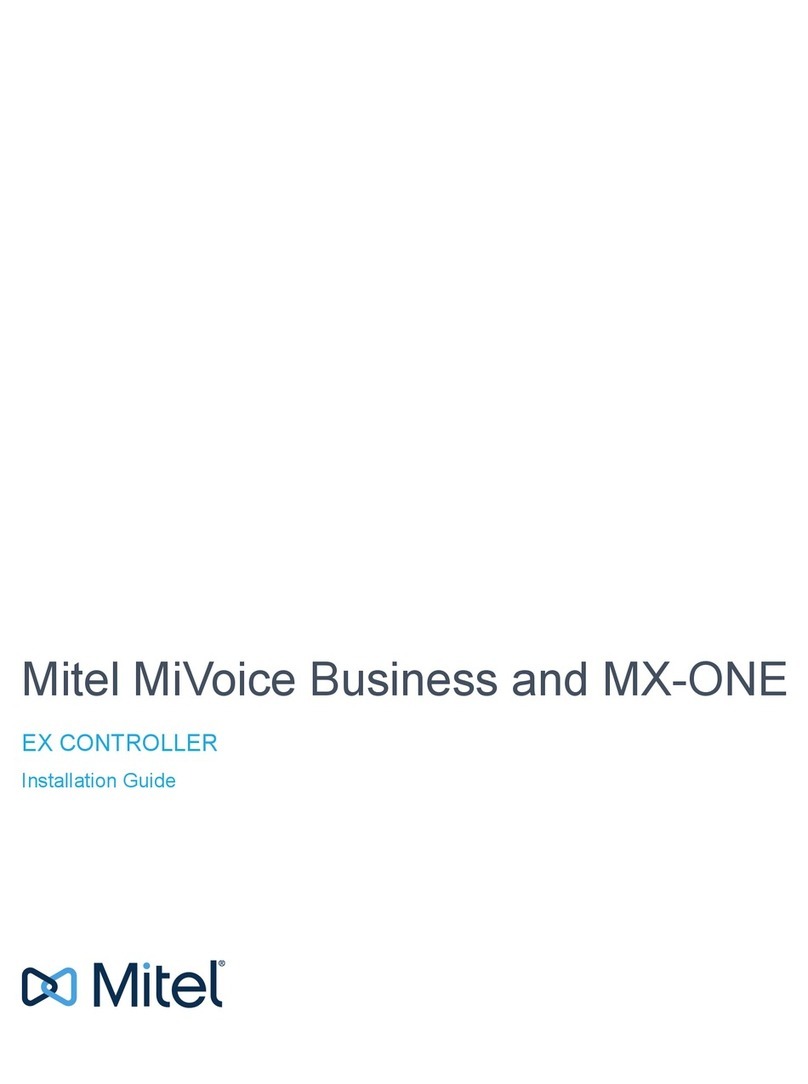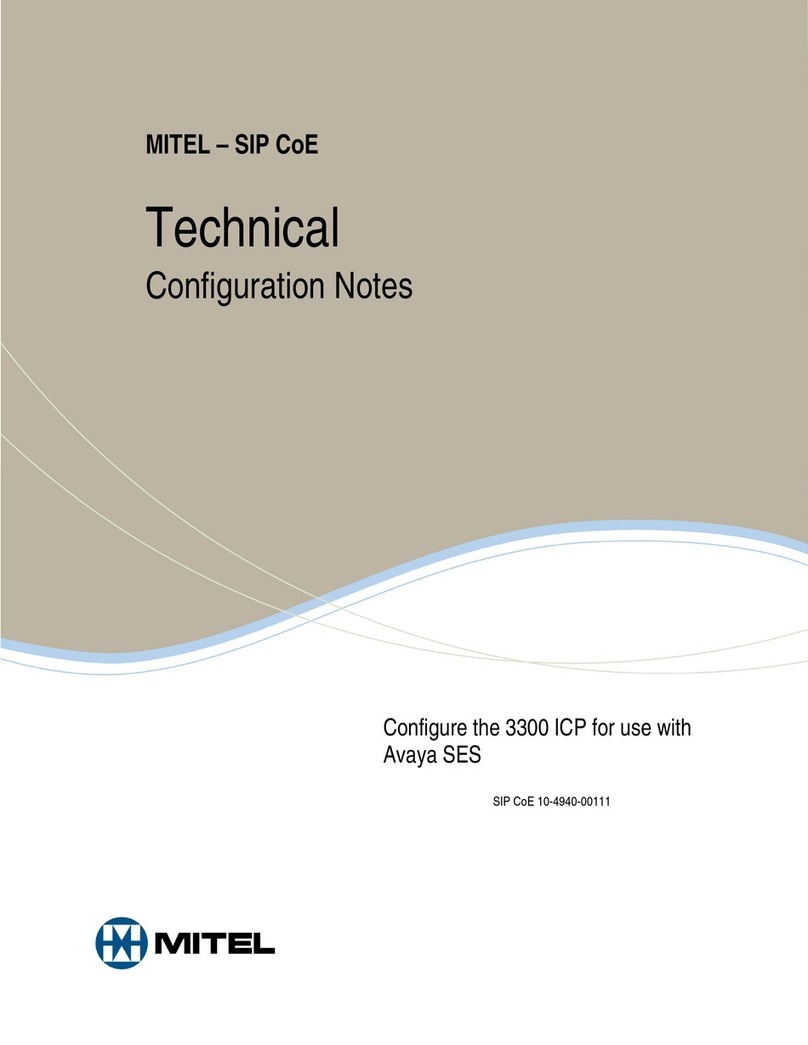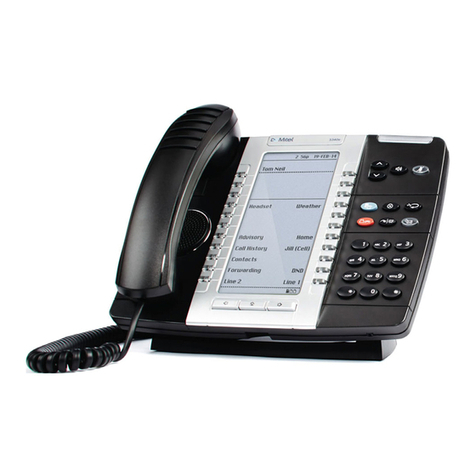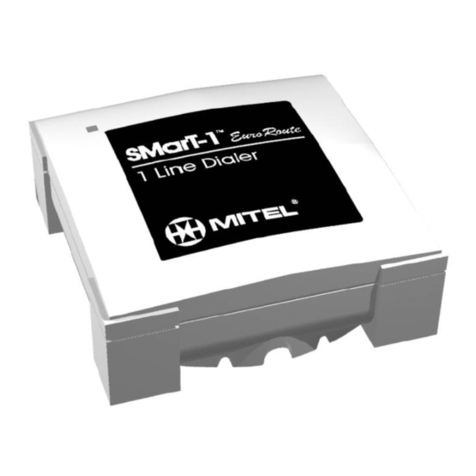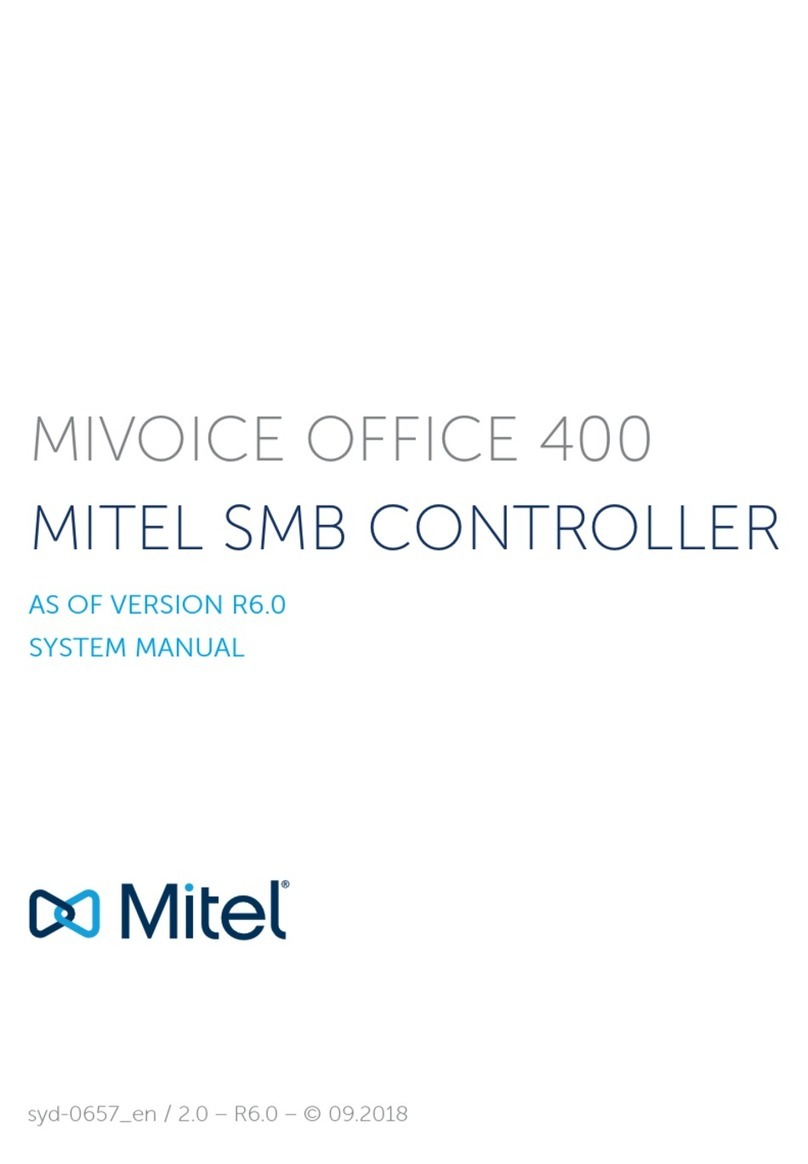
4 Installation............................................................................................84
4.1 System components...................................................................................................................84
4.2 Fitting the communication server...............................................................................................85
4.2.1 Equipment supplied..........................................................................................................85
4.2.2 Mounting options..............................................................................................................85
4.2.3 Location requirements......................................................................................................85
4.2.4 Safety regulations............................................................................................................ 86
4.2.5 Wall mounting.................................................................................................................. 87
4.2.6 Rack-mounting................................................................................................................. 91
4.2.7 Desktop installation..........................................................................................................93
4.3 Powering the communication server..........................................................................................94
4.3.1 115/230 V power supply.................................................................................................. 94
4.3.2 Uninterruptible power supply (UPS)................................................................................ 95
4.4 Earthing and protecting the communication server................................................................... 96
4.4.1 Connecting the earthing wire...........................................................................................96
4.4.2 Connecting the cable screening...................................................................................... 98
4.5 Equipping the Basic System......................................................................................................99
4.5.1 Fitting an interface card...................................................................................................99
4.5.2 Fitting a wiring adapter.................................................................................................... 99
4.5.3 Fitting DSP modules...................................................................................................... 101
4.5.4 Component mounting rules............................................................................................102
4.6 Connecting the communication server.................................................................................... 102
4.6.1 Direct connection........................................................................................................... 103
4.6.2 Indirect connection.........................................................................................................103
4.7 Cabling interfaces.....................................................................................................................110
4.7.1 Port addressing..............................................................................................................110
4.7.2 Network interfaces......................................................................................................... 111
4.7.3 Terminal interfaces.........................................................................................................124
4.7.4 Fan-out panel FOP........................................................................................................ 147
4.7.5 Ethernet interfaces.........................................................................................................151
4.7.6 Multi-Gateways for SIP Trunks......................................................................................157
4.8 Installing, powering, connecting and registering terminals...................................................... 158
4.8.1 Mitel 6800/6900 SIP phone series................................................................................ 161
4.8.2 Standard SIP phones and standard SIP terminals........................................................161
4.8.3 Mobile/external phones.................................................................................................. 161
4.8.4 OIP and other applications............................................................................................ 161
4.8.5 Digital system phones....................................................................................................161
4.8.6 DECT radio units and cordless phones.........................................................................166
4.8.7 Analogue phones Mitel 6710 Analogue, Mitel 6730 Analogue...................................... 170
5 Configuration..................................................................................... 173
5.1 SMB Controller Manager......................................................................................................... 173
5.1.1 Network Interfaces for SIP Trunk.................................................................................. 174
5.2 WebAdmin Configuration Tool..................................................................................................174
5.2.1 Integrated and auxiliary applications............................................................................. 176
5.3 Access types with SMB Controller Manager........................................................................... 178
5.4 Access types with WebAdmin..................................................................................................178
5.5 User access control................................................................................................................. 179
5.5.1 SMB Controller Manager user accounts........................................................................179
5.5.2 WebAdmin User accounts and authorization profiles....................................................180
5.5.3 Automatic exit from the configuration............................................................................ 183
5.5.4 WebAdmin access log................................................................................................... 183
